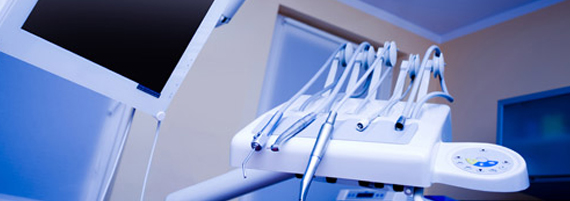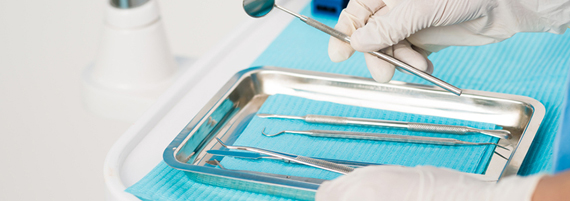Infection & Control
The purpose of infection control is to minimize the risk of infectious diseases. Providing a clean and safe environment is everyone’s esponsibility, ensuring that patients
receive treatment in a secure setting.
Essential Infection Control in Dental Practice
Infection control in dentistry plays a vital role in ensuring safety during treatment and
within decontamination areas. Keeping up to date with the latest guidance and legislation is
essential for both dental staff and patients.
Key Measures for Infection Prevention
- Hand Hygiene: Effective hand washing or sanitizing is crucial before and after
removing personal protective equipment (PPE), and when entering or leaving treatment or
decontamination areas.
- Personal Grooming: Maintain short, polish-free nails to prevent bacteria buildup.
Avoid false nails and remove stone-studded jewellery during clinical procedures.
- Uniform & Protection: Change uniforms daily and wear disposable aprons in procedures
where splashes or aerosols are likely to occur.
- Personal Protective Equipment (PPE): Use appropriate protective gear, including
gloves, masks, eyewear, and gowns, to prevent contamination from dental tools and equipment.
- Instrument Handling: Dental nurses should wear heavy-duty rubber gloves when handling
contaminated instruments to avoid sharps injuries.
- Surface Disinfection: Disinfect worktops, dental chairs, and equipment after every
patient. Ensure surfaces are visibly clean before applying disinfectants.
- Safe Environment: A well-maintained and hygienic dental environment enhances
decontamination and minimizes infection risks.
By following these measures, dental practices can provide a safe and hygienic environment,
protecting both patients and dental professionals from potential infections.



